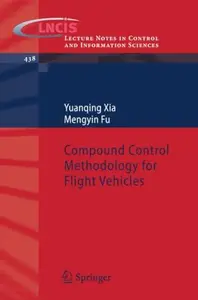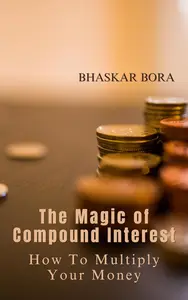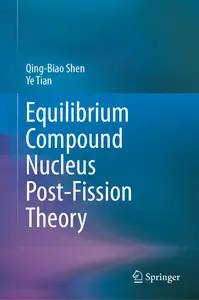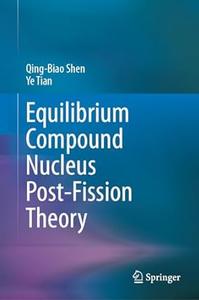
Free Download Compound Control Methodology for Flight Vehicles By Yuanqing Xia, Mengyin Fu (auth.)
2013 | 260 Pages | ISBN: 3642368409 | PDF | 6 MB
"Compound Control Methodology for Flight Vehicles" focuses on new control methods for flight vehicles. In this monograph, the concept of compound control is introduced. It is demonstrated that both Sliding Mode Control (SMC) and Active Disturbance Rejection Control (ADRC) have their own advantages and limitations, i.e., chattering of SMC and the observability of extended state observer (ESO), respectively. It is shown that compound control combines their advantages and improves the performance of the closed-loop systems. The book is self-contained, providing sufficient mathematical foundations for understanding the contents of each chapter. It will be of significant interest to scientists and engineers engaged in the field of flight vehicle control.


